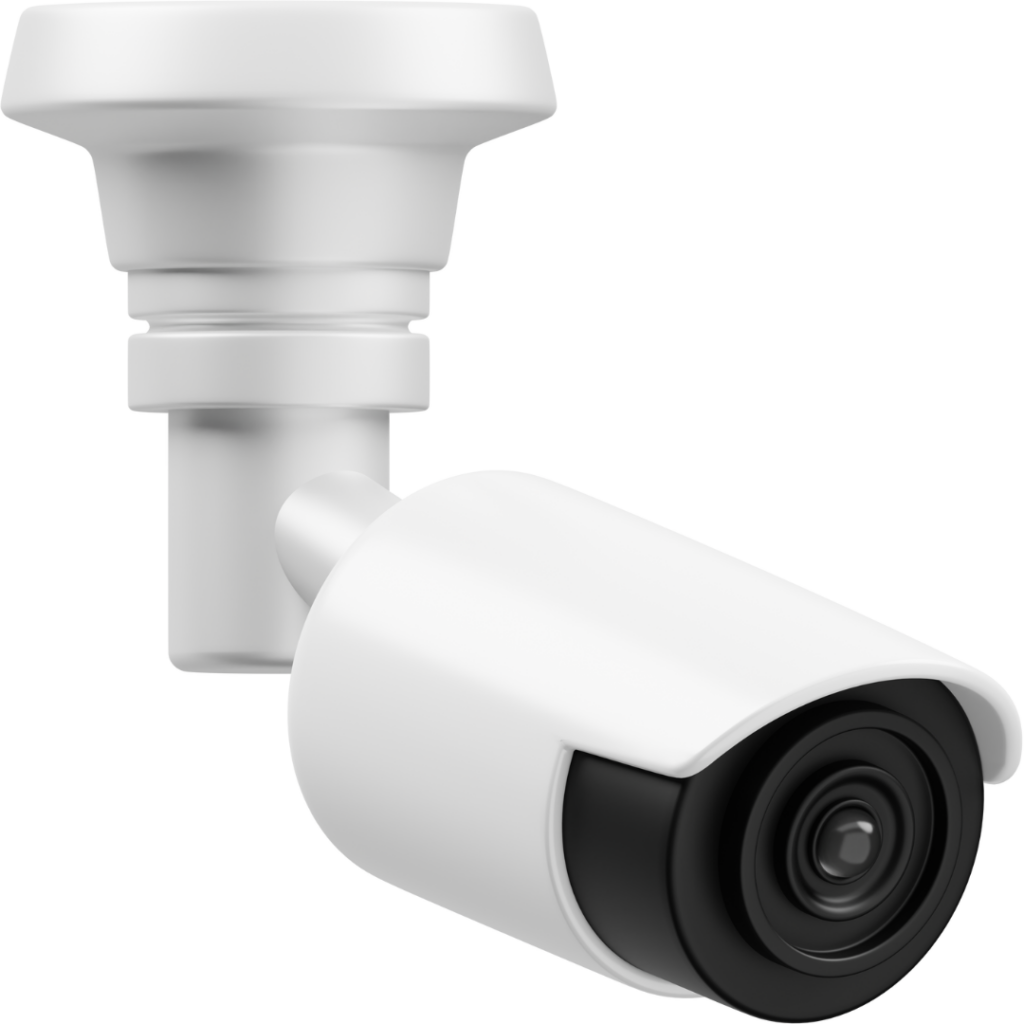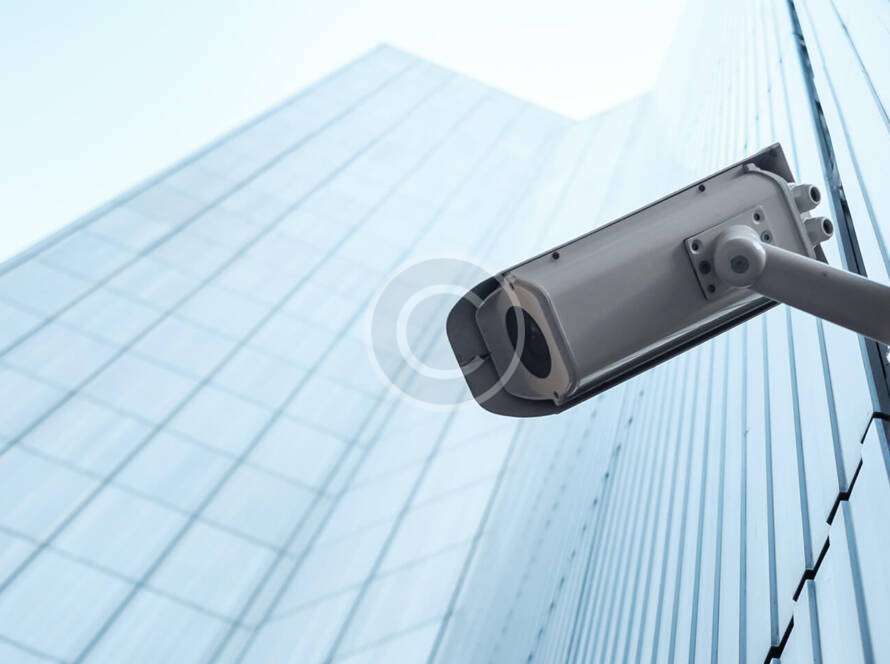The importance of surveillance cannot be overstated. Whether for personal property, businesses, or public spaces, Closed-Circuit Television (CCTV) systems play a pivotal role in maintaining safety. However, the effectiveness of any CCTV system depends largely on how well its security zones are optimized. This blog explores key strategies for optimizing CCTV security zones to maximize coverage and security.
1. Understand Your Objectives
Before installing or optimizing a CCTV system, it’s essential to define your security objectives. Are you looking to deter crime, monitor high-traffic areas, or secure sensitive zones? Knowing your priorities will guide decisions regarding camera placement, types of cameras, and zone configurations. For example:
- Retail stores may focus on entry points and cash registers.
- Homeowners might prioritize front doors, driveways, and backyards.
- Industrial facilities may target production lines and restricted areas.
2. Conduct a Thorough Site Assessment
A comprehensive site assessment is critical for identifying potential vulnerabilities. Walk through the premises to evaluate key areas that need monitoring. Pay attention to:
- Entry and exit points
- Blind spots
- High-value assets or equipment
- Areas prone to vandalism or unauthorized access
Use the assessment to map out zones and determine the number and type of cameras required.

3. Choose the Right Cameras
Not all cameras are created equal, and different zones may require different types of cameras. Some common options include:
- Dome Cameras: Ideal for indoor environments and provide a wide field of view.
- Bullet Cameras: Great for outdoor areas due to their long-range capabilities.
- PTZ Cameras: Allow operators to pan, tilt, and zoom, making them suitable for large spaces.
- Thermal Cameras: Useful for low-light or no-light conditions, such as warehouses or perimeters at night.
Selecting the right camera for each zone ensures optimal functionality and coverage.
4. Optimize Camera Placement
Placement is key to eliminating blind spots and ensuring full coverage. Here are some best practices:
- Mount cameras at a height that prevents tampering but still captures clear images (usually 8-12 feet above ground).
- Overlap fields of view to cover potential blind spots.
- Angle cameras to avoid glare from sunlight or artificial lighting.
- Focus on key points like doors, windows, and pathways.
5. Leverage Zone-Based Monitoring
Divide your premises into distinct security zones based on risk levels. For example:
- High-Risk Zones: Cash handling areas, safes, or restricted rooms. Use high-resolution cameras with continuous recording.
- Medium-Risk Zones: Hallways, employee areas, or shared spaces. Deploy cameras with motion detection to reduce storage requirements.
- Low-Risk Zones: Parking lots or open fields. Consider wide-angle or PTZ cameras for broader coverage.
This approach ensures resources are allocated efficiently without compromising security.
Lorem ipsum dolor sit amet, consectetur adipisicing elit, sed do eiusmod tempor incididunt ut labore et dolore magna aliqua. Ut enim ad minim veniam, quis nostrud exercitation.
Peter Jackson
6. Utilize Advanced Features
Modern CCTV systems come with advanced features that can enhance security and monitoring capabilities. Some of these include:
- Motion Detection: Reduces storage and alerts operators to unusual activity.
- Facial Recognition: Identifies individuals entering restricted areas.
- Night Vision: Enhances visibility in low-light conditions.
- Remote Monitoring: Allows real-time access to footage via mobile devices or cloud platforms.
Incorporating these features into your strategy can provide a proactive security approach.
7. Regular Maintenance and Updates
A well-optimized system requires ongoing maintenance to ensure it remains effective. Regularly check:
- Camera lenses for dirt or obstructions.
- Hardware connections and power supplies.
- Software updates for security patches.
- Recording systems to ensure sufficient storage and functionality.
Periodic reviews of your security zones are also necessary as layouts or security needs evolve.
8. Integrate with Other Security Measures
For a comprehensive security strategy, integrate your CCTV system with other measures such as:
- Access Control Systems: Ensure only authorized personnel can enter restricted areas.
- Alarms and Sensors: Detect break-ins or unauthorized access.
- Lighting: Enhance visibility and deter intruders in outdoor zones.
A multi-layered approach amplifies the overall effectiveness of your security system.


Optimizing CCTV security zones is a meticulous process that combines strategic planning, the right technology, and regular maintenance. By defining clear objectives, conducting a thorough site assessment, and leveraging advanced features, you can create a surveillance system that effectively safeguards your property and provides peace of mind.
Investing time and effort into optimizing your CCTV strategy today can save you from potential security breaches tomorrow. Begin with these steps and continuously adapt as your needs evolve.




